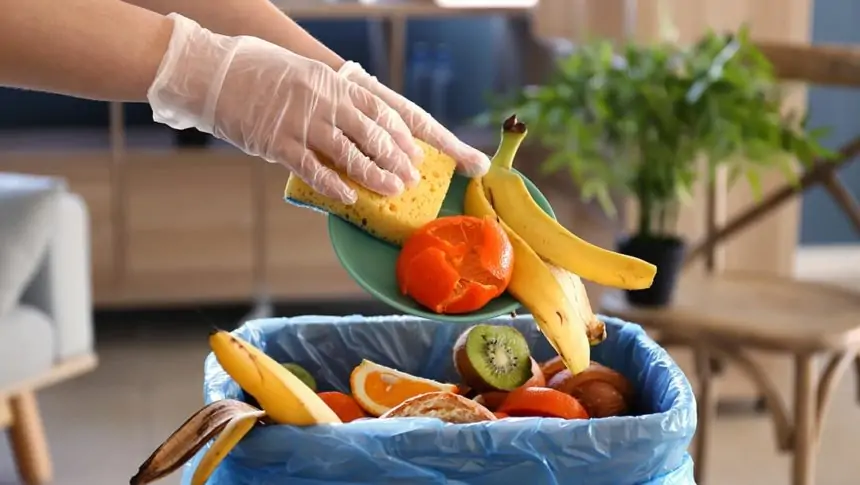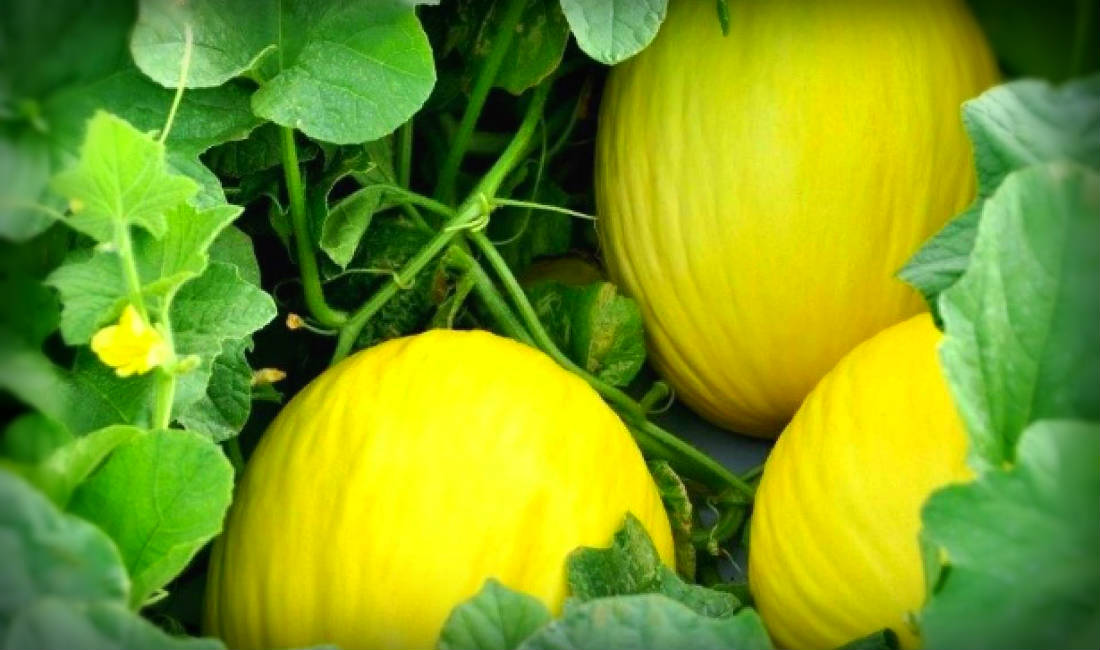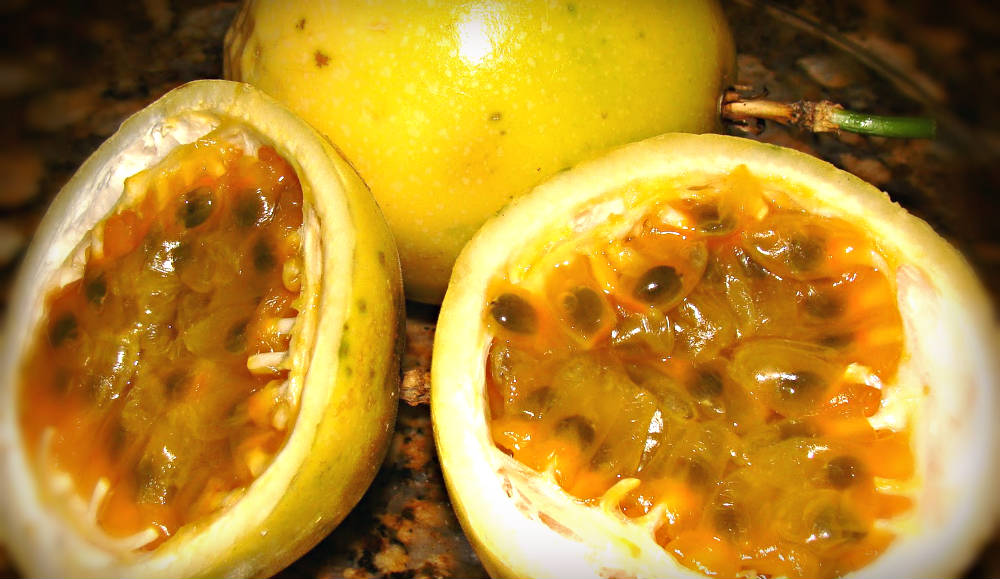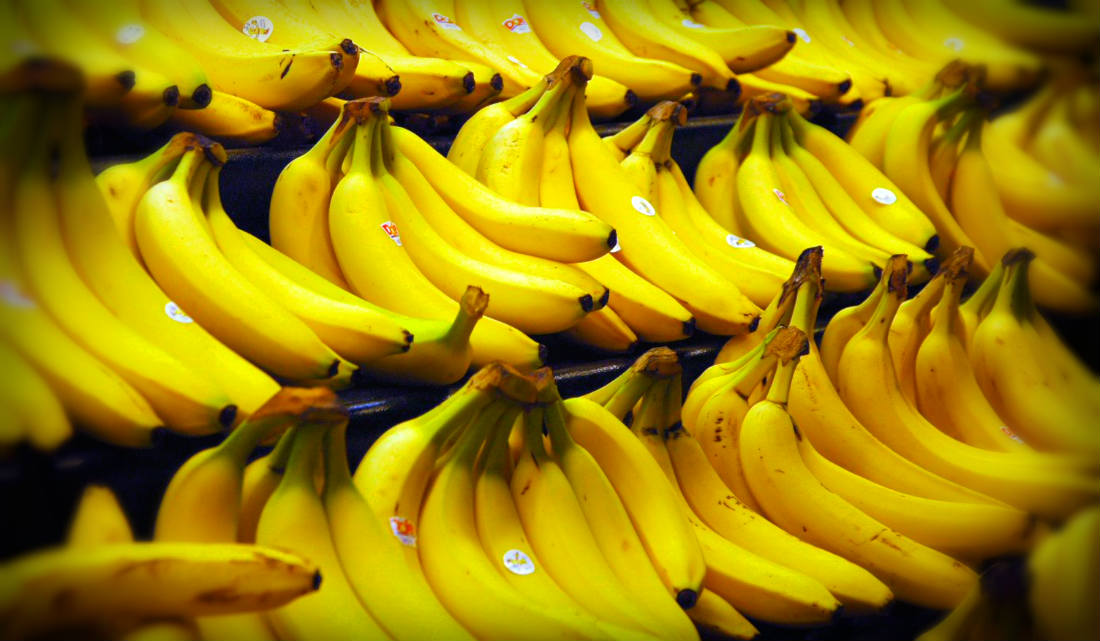Anúncios
The fight against food waste starts at home, in the kitchen, where we can adopt simple and delicious practices to make the most of what we have. In a world where waste is still a critical issue, small actions can make a big difference. Stalks, leaves, peels and food scraps often end up in the trash, but in fact, they are rich sources of nutrients and flavor. Let's explore practical ways to avoid waste and transform leftovers into nutritious and tasty dishes, contributing to food recycling and caring for the environment.

Making the Most of Every Ingredient
Oftentimes, the parts of food that we discard, such as peels and stems, are more nutritious than the parts that we eat on a regular basis. For example, carrot tops and beet greens are treasure troves of vitamins and minerals. These parts can be used in a variety of recipes to add flavor and nutritional value to your meals. Sautéing kale, spinach, and other dark green leafy vegetables, which are rich in iron, is an easy way to use up these ingredients that would otherwise be discarded.
Additionally, waste can be reduced by using less common parts of fruits and vegetables. The white part of a watermelon, for example, can be transformed into a delicious sweet treat, similar to papaya jam. This practice not only avoids waste, but also creates new opportunities to explore flavors and textures in your recipes. In this way, you contribute to food recycling, making the most of what nature has to offer.
Turning Leftovers into New Meals
Who hasn't found themselves with leftovers in the fridge and not knowing what to do with them? Leftover mashed potatoes can be turned into crispy dumplings, while leftover cheese can be grated to enrich soups and sauces. The secret is to use your creativity to reuse these ingredients, avoiding waste and creating new recipes.
Another valuable tip is to use leftover cookies to make cake frosting or even use soured wine as vinegar. These simple practices not only prevent waste, but also add value to your daily meals. Using leftover food is an effective way to reduce waste, save money and contribute to preserving the environment.
Tips for Preserving Food
In addition to reusing leftovers, there are several ways to preserve food and extend its shelf life, reducing waste. For example, leaving half an avocado with the pit can prevent it from turning brown quickly. Stale bread can be revived with a splash of water or milk and a few minutes in a hot oven.
Another great tip is to preserve fresh parsley in oil or keep Minas cheese submerged in salt water to keep it fresh for longer. Small tricks like these can make a big difference in your daily life, helping to reduce food waste and ensuring you always have fresh ingredients on hand.
Substituting Ingredients Intelligently
Some recipes may be too salty or lose their desired texture, but that doesn’t mean you have to throw them out. Adding raw potatoes to stews or soups can help absorb excess salt, saving the dish and preventing waste. Plus, if your mayonnaise starts to curdle, simply add hot water to it to bring it back to the right consistency.
Another example is using the water used to cook potatoes, which contains a large amount of vitamins. Instead of throwing it away, add powdered milk and butter to make a nutritious and tasty mash. These small adjustments help to avoid waste and ensure that you get the most out of each meal.
Zero Waste: Creating New Revenues
Turning food that would otherwise be discarded into new recipes is a sustainable and tasty practice. Pumpkin seeds, for example, can be toasted and served as a healthy snack, while stale bread can be grated into breadcrumbs or used as a base for chicken stuffing.
Additionally, leftover meat, such as roast or boiled chicken, can be shredded and used in stews, croquettes or pastry fillings. Leftover fish, on the other hand, is perfect for making couscous. Using every part of the food not only avoids waste, but also encourages creativity in the kitchen, allowing you to create unique and delicious recipes.
Conclusion: Sustainability in the Kitchen
Adopting practices that avoid food waste not only contributes to sustainability and environmental preservation, but also allows you to explore new flavors and textures in your recipes. By using every part of your ingredients, you contribute to food recycling and reduce your environmental impact, all while creating tasty and nutritious dishes for your family.
By applying these simple tips to your daily life, you will be doing your part to combat food waste and promote a more conscious and sustainable diet. Remember that every little action counts, and together we can make a difference for a greener and healthier future.
Extra: Interesting Facts About Food Waste
Did you know that around one-third of all food produced worldwide is wasted? This equates to approximately 1.3 billion tons of food each year, according to the Food and Agriculture Organization of the United Nations (FAO). This waste represents a huge loss of natural resources, such as water and energy, and contributes significantly to greenhouse gas emissions.
By adopting zero-waste practices in your kitchen, you are contributing to reducing this global problem and helping to preserve the environment. In addition, by avoiding waste, you are also saving money and ensuring that you are making the most of each ingredient, creating a more sustainable and conscious diet.
Learn how to make other arts by recycling, Click here.
Check out interesting facts about recycling clicking here.




